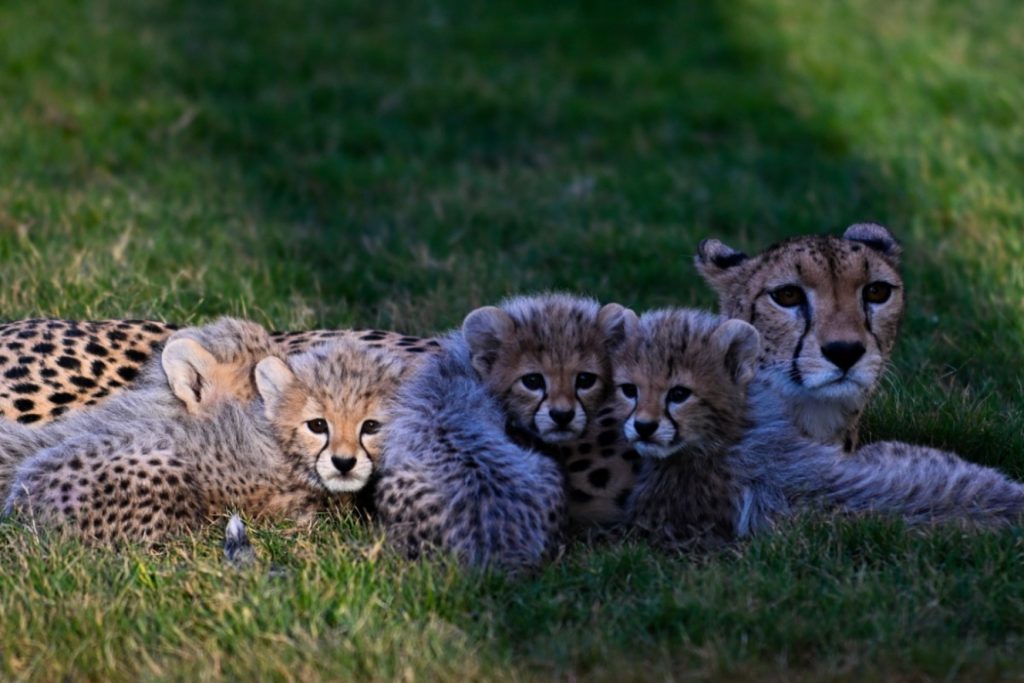
While cheetah are now thought of as an African species, this has not always been the case. Within the lives of living people (admittedly, now quite old), the cheetah was lost from India. This occurred back in 1952. The last cheetah was seen in Israel was 1959. There are a range of countries which the cheetah was lost from in the 20th century. Further back, cheetah lived in the USA and other far flung countries.
Now, it is true, that the Asiatic cheetah is on the verge of extinction in its only home of Iran, with just 12 estimated in the wild in 2022, down from 100 in 2010.
While at times, the government of their only home have made positive noises about saving the Asiatic cheetah, they have also bothered those working to save them, including lengthy prison terms for those working in the field.
Continue reading “4 new cheetah cubs born in Saudi Arabia, 40 years after extinction”












